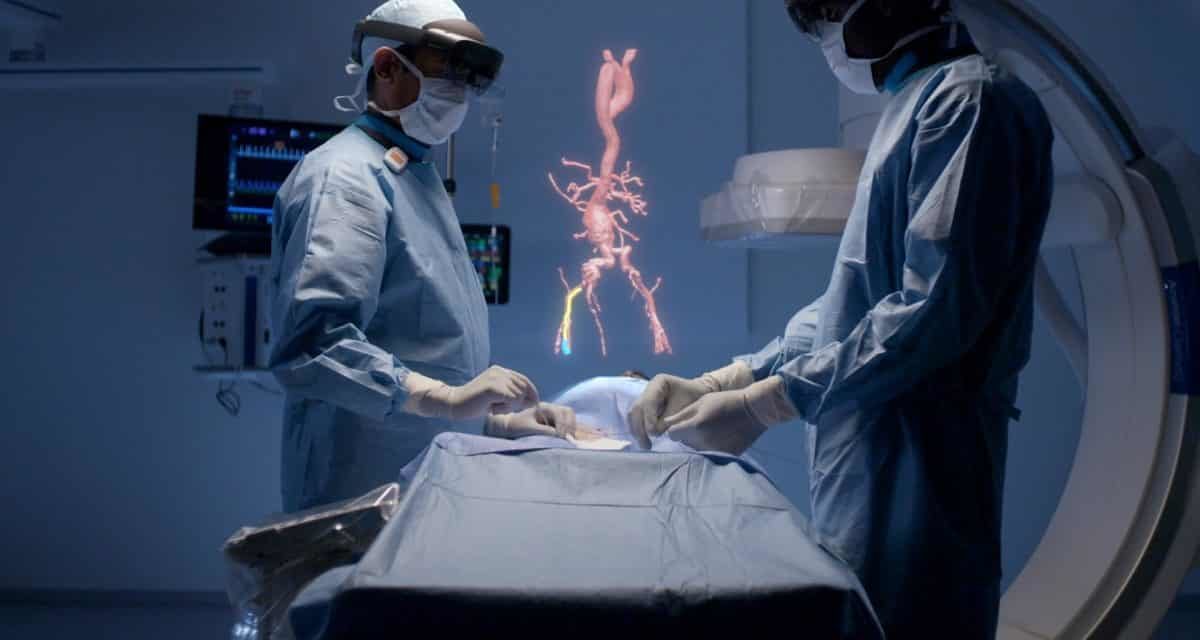From a historical perspective, it is logical that education in healthcare and thus expertise in surgery has concentrates in few places worldwide. Those with access to high quality education since their childhood are the only ones able to pursue such noble dreams; the art of making fellow humans great again. Well, fellow humans that are close by, unfortunately. For example, in Germany, Italy, Sweden and Finland, there are between 110-115 surgeons per 100,000 people, compared to 0.46 surgeons in Tanzania, or 0.56 in Mozambique (The World Bank, 2019).
How can we provide better healthcare and treat patients equally worldwide? What role can technology play to redistribute the world’s expertise of surgeons? Augmented reality is making it’s first steps into the healthcare domain. For example, Philips announced a partnership with Microsoft to embed the Hololens 2, an augmented reality device, in their operating rooms (Philips, 2019). Currently experimented with for minimally invasive therapies, but the future could be more promising.
With such technology, an expert surgeon can play a crucial role by assisting remotely during a surgery, being the main guidance for surgeons that are not as experienced. This means that in areas where there is no surgeon at all, this would drastically improve success rate of surgeries without excessive long-term investments in education (and all infrastructure around it). Of course, such devices are super expensive for these areas and therefore not very scalable. In semi-educated areas where there’s few (and not zero) specialized surgeons, there may be situations where there’s a very special patient that none of the surgeons have any experience with. In these rare occasions, having professional guidance remotely could be a life-changer. Or, if the one specialised surgeon in a specific are is unavailable at a crucial moment (whether due to holidays or no night-shift) and there are surgeons in other parts of the world in their working day, and with the right expertise, they could also be a key factor for treating a patient successfully.
With help of a device such as the Hololens 2. This allows treating patients worldwide at a higher success rate. Furthermore, these viewings can be used for educational purposes to educate locally and on the spot. However, serious financial investments have to be made, but I am wondering if it would be a solution compared to building full educational infrastructure. And most importantly, by learning on the job, local expertise can be built so the mechanism is educative by nature.



